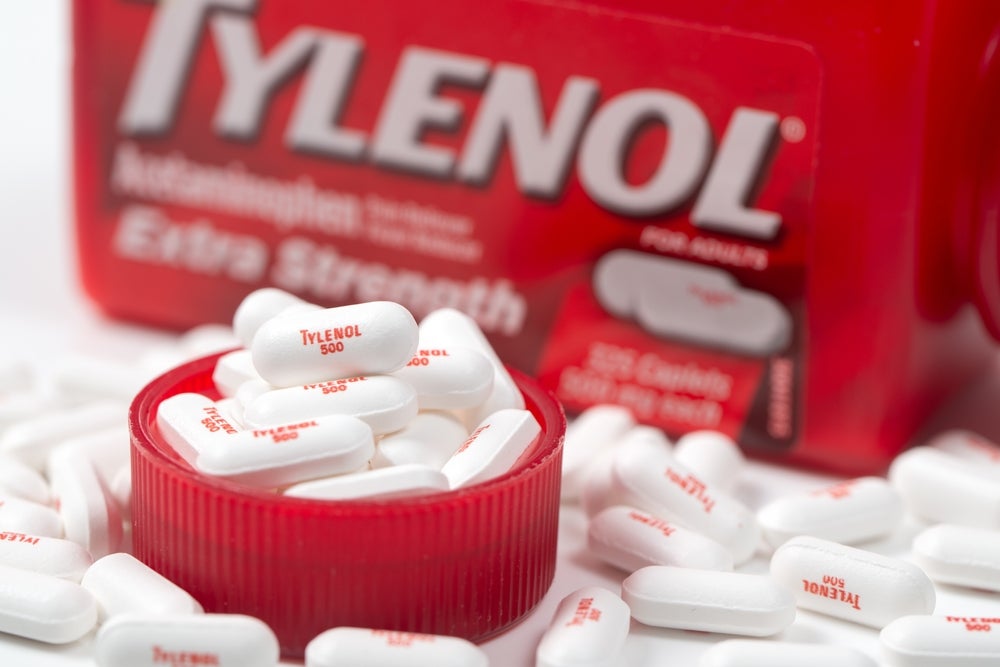Only a few years ago, a Web site’s home page was the most prime piece of digital real estate a publisher could offer. Today, not so much. The relevance of the home page as a media buy is on the wane. Search, social networks, blogs and RSS are driving more and more users deep into today’s Web properties. Often, the majority of consumers bypass a site’s home page completely.
The impact this is having on the online ad industry is profound. For example, The New York Times dismantled its relatively successful paid service, Times Select, in 2007 to focus on getting ad revenue from the massive amount of traffic driven by search and blogosphere linkage to Times Select content. That meant walking away from at least $10 million in subscription revenue per year, according to paidContent.org. That’s hardly a paltry sum for a newspaper publisher today.
The effect of this change is being felt even more strongly by broadcast and cable networks, which are wrestling with a host of different online distribution models for their programming— few of which involve driving traffic to their sites or home pages. In 2007, CBS created the CBS Audience Network, a broad-based digital distribution platform to syndicate its entertainment, news and sports to as much of the Web as possible. In doing so, the company inked full-episode distribution deals and community partnerships with nearly 50 companies, including MSN, AOL, Comcast, YouTube, Joost and VideoEgg. So far, revenue has been more of a trickle than a stream according to Adweek. But CBS’s strategy is still strong recognition of the fact that content is moving to a new environment, residing wherever users are on the Web.
Despite the confusion about how this will ultimately shake out, one thing is clear: There’s no sign that the home page will regain its former prominence anytime soon, if ever. Today’s consumers increasingly expect content wherever and whenever they choose.
But this isn’t a doom-and-gloom scenario. Here’s how publishers and marketers can adjust:
1. Adopt “traffic distribution” as a key site metric.
To ensure that your digital content and Web properties are fully optimized for this new ecosystem, make sure you add traffic distribution as a key performance benchmark. Traffic distribution is comprised of all traffic driven to your Web property (either directly, referring or through search engines) and the distribution of that traffic beyond the home page throughout the rest of the site. Approximately 65% of a property’s traffic should originate from somewhere other than the home page. In addition, make sure that traffic from referring sites and search engines combined exceeds direct traffic to the property.
2. Treat every page like a home page.
Every page on a site is now a home page, with a wider reach, a lasting shelf life and the ability to attract new audiences like never before. To capitalize on this, ensure that every page has a strong, clear global navigation scheme and related content that is visibly promoted. And don’t forget to make sure that display advertising gets prominent, above-the-fold, home-page-like treatment (300×250 rectangles and 728×90 leaderboards). Remember, every page can be accessed in any conceivable manner and in any conceivable order—you can’t design properties to control user flow anymore.
3. Distribute content widely and freely.
Distribute content through syndication partners, promotions on social networks, linkage from blogs and other viral techniques. Every page should sport a “Web 2.0 toolbar” that enables consumers to share freely via applications such as Digg, Reddit, and del.icio.us. If you have video, post and distribute it through all major platforms, including YouTube, Veoh, MySpace and Facebook. Cast your net as widely and freely as possible to ensure maximum reach for your content.
4. Track performance across all digital touchpoints.
Success of Web properties now needs to be measured both on-site and off. Detailed tracking of content syndication efforts, RSS feeds, e-mail subscriptions, widget downloads, podcast downloads, search engine performance (paid and organic), blogsophere linkage and video consumption gives the most holistic measurement of Web property performance. You need to start thinking about the entire channel to measure success and not just the site itself.
Dave Friedman is president of the central region for Avenue A | Razorfish.



